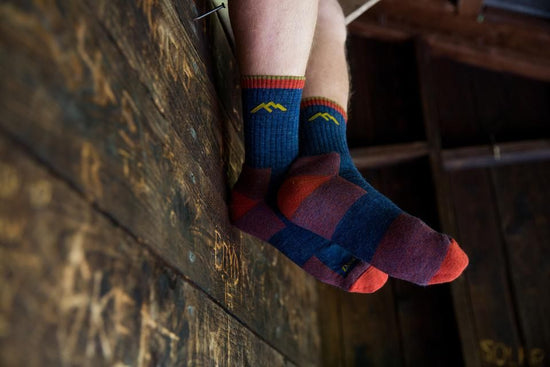There was a time when the lands and waters around you had no names, for naming is a human act – evidence of a geographic awareness and a product of language. But like everything else, names come and go with the flow of time and the movement of peoples across the land, but rest assured, there is no prominent landmark that has not, at some time, been named by the local inhabitants.
When I was young, and speaking to local “old-timers,” I would say that I lived by the Rock Cut at the top of Snake Hill. And while it sounds like this happened long, long ago in a place far removed from the embrace of civilization, it was, in fact, during the 1950s in Preakness, NJ -- only 21 miles northwest of the Empire State Building.
Over the years, the names of places came and went. The term “Rock Cut” was forgotten, Snake Hill is now commonly referred to as Hamburg Turnpike, Preakness is almost always referred to as Wayne Township, and the name of the mountain (The First Watchung Mountain), on which this small portion of land sits, seems to be mostly unknown by the people who live upon it.
But there is one set of names that were known only to a few, and these remain forever engraved in the minds of those who knew them. These are the names given to places frequented by children who were allowed to play in the local wildlands and the adults they grew up to be—descriptive names of small places that loom large in the geography of a preadolescent’s wonderland.
For me, several special places on the three acres of my parent’s home remain special to me. When I was very young (and not allowed to roam too far from sight), there was the “Indian Cigar Tree” – the seedpods of which were the projectiles used in many games of Freeze-Tag, “The Big Rock”—a boulder that my sister and I would climb to read books and tell stories, and “The Gully” -- a depression inside a field of tall grass into which a child could disappear if he or she crouched down in it.
As I got older, I became so close to “The Woods” behind our house that I could almost think they were a part of me. It seemed like a great forest to a ten-year-old, but it was probably not even 30-acres of second growth trees and long abandoned farmland. Within its borders were places named: The Swamp, The Hideout, Lava Mountain, and Split Rock. Just outside the border of the woods was The Alamo (the walls of an old stone farmhouse), The Old Road, The Ruins, and The Ice House (a flat spot along a pond that someone told us used to have a structure in which they stored ice before the advent of refrigeration).
Later in life, and several moves later, my children had a place called “Clay Cliffs.” It was a steep bank along a woodland stream that provided the material for making tiny bowls and statuettes. They probably had more names, but these are not things often shared with grown-ups. As for myself, I went on to name places “Church,” “The Ruins,” and “The Old Table at the Edge of the World.” Names known only to my wife and hiking buddy, Joe.
Now, having told this story, I say this to you: If you possess a love of the land and a sense of the poetic, I highly recommend, in fact, I implore you to discover the joy of creating a personal geography for yourself and your children. Of course, the children should learn the proper names for places and things, but the act of personally naming a special place creates a bond between you, your child, and that place. And in days to come, you may find that these names can “give thoughts that do often lie too deep for tears.”



